
Rachel Alvarez and Gustavo Dziewczapolski, PhD, of Cure CMD spoke about the benefits of attending the biennial Scientific & Family Conference to learn more about congenital muscle diseases and interact with the patient community.

Rachel Alvarez and Gustavo Dziewczapolski, PhD, of Cure CMD spoke about the benefits of attending the biennial Scientific & Family Conference to learn more about congenital muscle diseases and interact with the patient community.

Chaired by Stephen Krieger, MD, the presentations also feature Mount Sinai experts Erin Beck, MD, PhD; James Sumowski, PhD; and Ilana Katz Sand, MD. [WATCH TIME: 1 hour, 34 minutes]

In the original panel discussion, held in March 2022, the majority of members of the committee voted that AMX0035 did not fully demonstrate sufficient efficacy as a treatment for ALS.
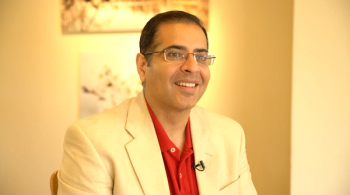
The assistant professor of neurology and codirector of the Neurology Residency Program at MedStar Georgetown University Hospital and presenter at ATMRD offered his insight into the benefits of multispecialty meetings. [WATCH TIME: 1 minute]

The chair of Cleveland Clinic’s Department of Physical Medicine discussed a new rehabilitative approach using a robotic exoskeleton to improve fatigue and gait in patients with multiple sclerosis.

All 12 of the children met diagnostic criteria for multiple sclerosis and were seropositive for MOG-IgG at baseline experienced a disease course different than typical MS through the observed time.

The director of the Mayo Clinic Center for Multiple Sclerosis and Autoimmune Neurology discussed the complexities in diagnosing autoimmune encephalitis and the approach needed to be taken. [WATCH TIME: 5 minutes]

Alectos to receive a $15 million upfront payment from Biogen and is eligible to receive upward of $630 million pending the success of the collaboration and achieving future milestones for the investigational PD treatment.
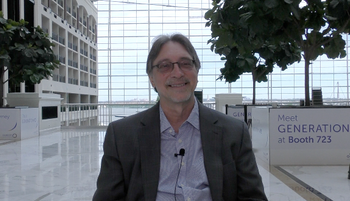
The senior vice president for research and training at the Kessler Foundation discussed the assessment of cognitive challenges among patients with multiple sclerosis and planning for treatment options when necessary. [WATCH TIME: 4 minutes]

Catch up on any of the neurology news headlines you may have missed over the course of the last month, compiled all into one place by the NeurologyLive® team.

Using a large-scale bank of participants, investigators found an association between Alzheimer disease polygenetic risk score and depression, which was not explained by presence of APOE ε4 allele.
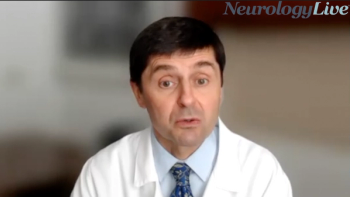
The chair of Cleveland Clinic’s Department of Physical Medicine detailed a pilot study on the rehabilitative impacts of the EksoRN robotic exoskeleton in patients with multiple sclerosis. [WATCH TIME: 5 minutes]

Test your neurology knowledge with NeurologyLive®'s weekly quiz series, featuring questions on a variety of clinical and historical neurology topics. This week's topic is epilepsy and seizure disorders.
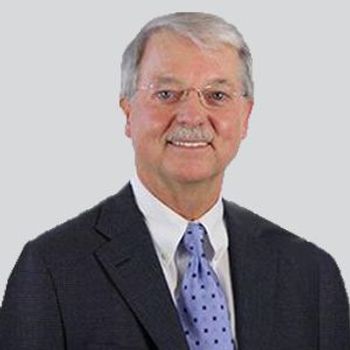
Richard Bogan, MD, FCCP, FAASM, associate clinical professor, University of South Carolina School of Medicine, provided commentary on multifunctional capabilities of Xywav and how the medication has improved care for narcolepsy and idiopathic hypersomnia.
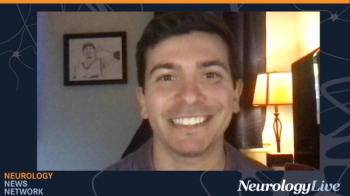
Neurology News Network for the week ending July 2, 2022. [WATCH TIME: 4 minutes]
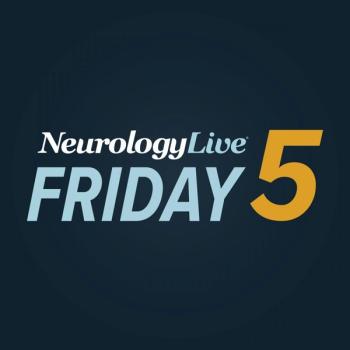
Take 5 minutes to catch up on NeurologyLive®'s highlights from the week ending July 1, 2022.

The senior vice president for research and training at the Kessler Foundation spoke about the critical need to prioritize cognitive challenges among patients with multiple sclerosis, as it remains among the chief complaints. [WATCH TIME: 4 minutes]
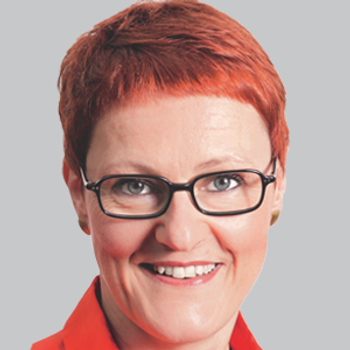
In triptan users, prescriptions of cardiac therapies and beta blockers were significantly more common compared with other prescriptions of calcium channel blockers and renin/angiotensin inhibitors, which were significantly less common.
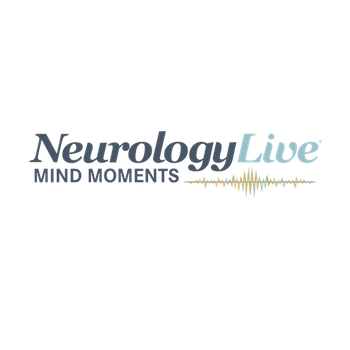
Mind Moments®, a podcast from NeurologyLive®, brings you an exclusive interview with Serena L. Orr, MD, MSc. [LISTEN TIME: 32 minutes]
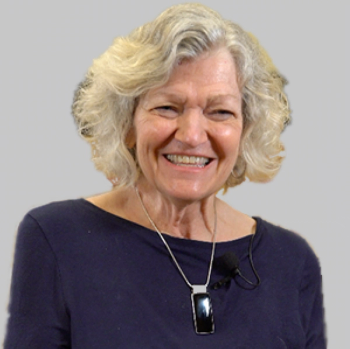
Jean Hubble, MD, semi-retired neurologist and consultant, spoke with the PMD Alliance at the ATMRD Congress about the advances made in the field and her hopes for the future of therapeutics and clinical care.

The assistant professor of neurology and codirector of the Neurology Residency Program at MedStar Georgetown University Hospital and presenter at ATMRD offered his insight into the benefits of multispecialty meetings. [WATCH TIME: 3 minutes]

The BTK inhibitor is currently the subject of several ongoing phase 3 clinical trials that include more than 2000 patients currently on the therapy.

Despite not reaching the primary end point, the oromucosal spray is still being evaluated in 2 ongoing trials that comprise of 446 and 190 patients, respectively, with spasticity due to multiple sclerosis.
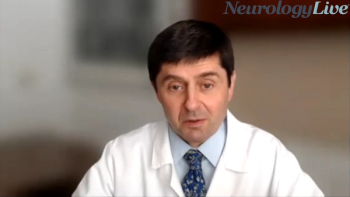
The chair of Cleveland Clinic’s Department of Physical Medicine provided insight on a newly approved modality aimed to improve rehabilitation efforts for patients with multiple sclerosis. [WATCH TIME: 3 minutes]

Patients with high levels of neurofilament light at baseline had an increased risk of developing new T2 lesions and of experiencing a new clinical relapse in the follow-up period, but not of EDSS progression.
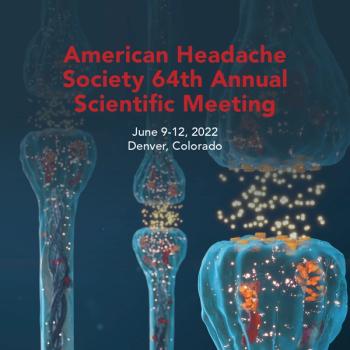
The NeurologyLive® team assembled some of the best discussions with leaders in headache and migraine medicine following the 2022 American Headache Society (AHS) Annual Scientific Meeting.
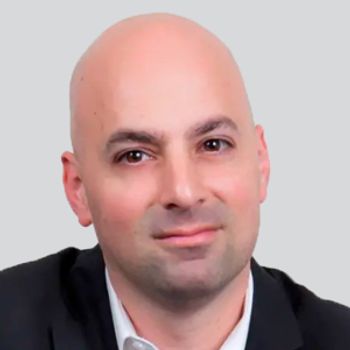
Following positive phase 2a findings, NeuroSense’s agent PrimeC continued to show a mechanistic impact on biomarkers specific to patients with amyotrophic lateral sclerosis.

The assistant professor of neurology and codirector of the Neurology Residency Program at MedStar Georgetown University Hospital shared his thoughts on the 2022 ATMRD Congress and the steps forward made in patient awareness of therapeutic options. [WATCH TIME: 3 minutes]
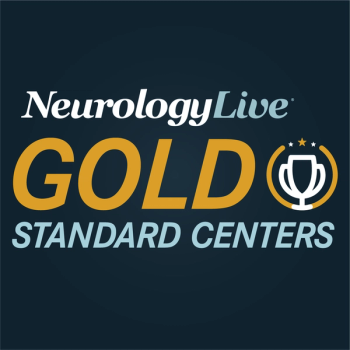
Through dedicated research into biomarker discovery and patient care, the neuroimmunology laboratory at Mayo Clinic has paved a new way of life for those with autoimmune disorders.